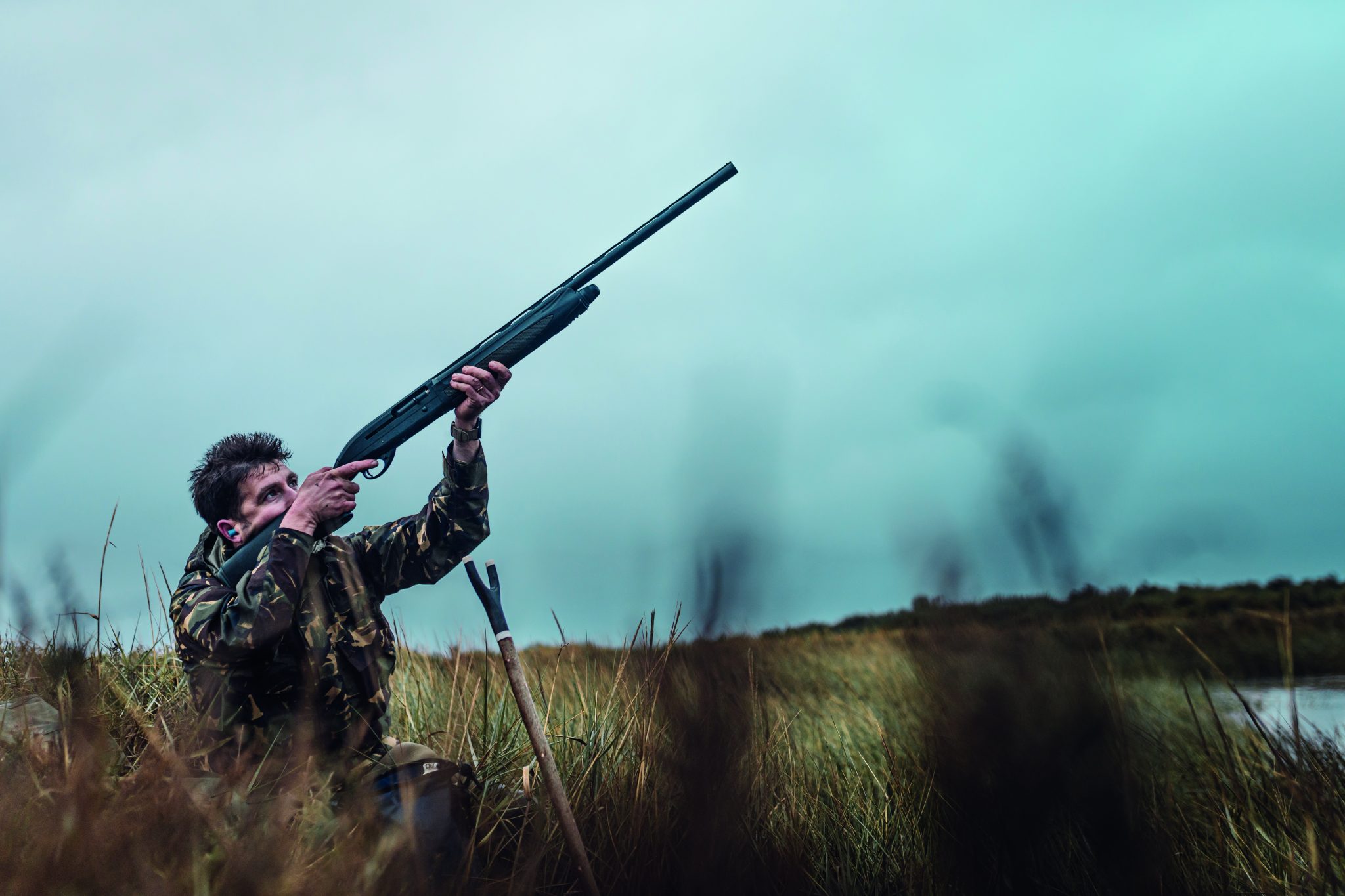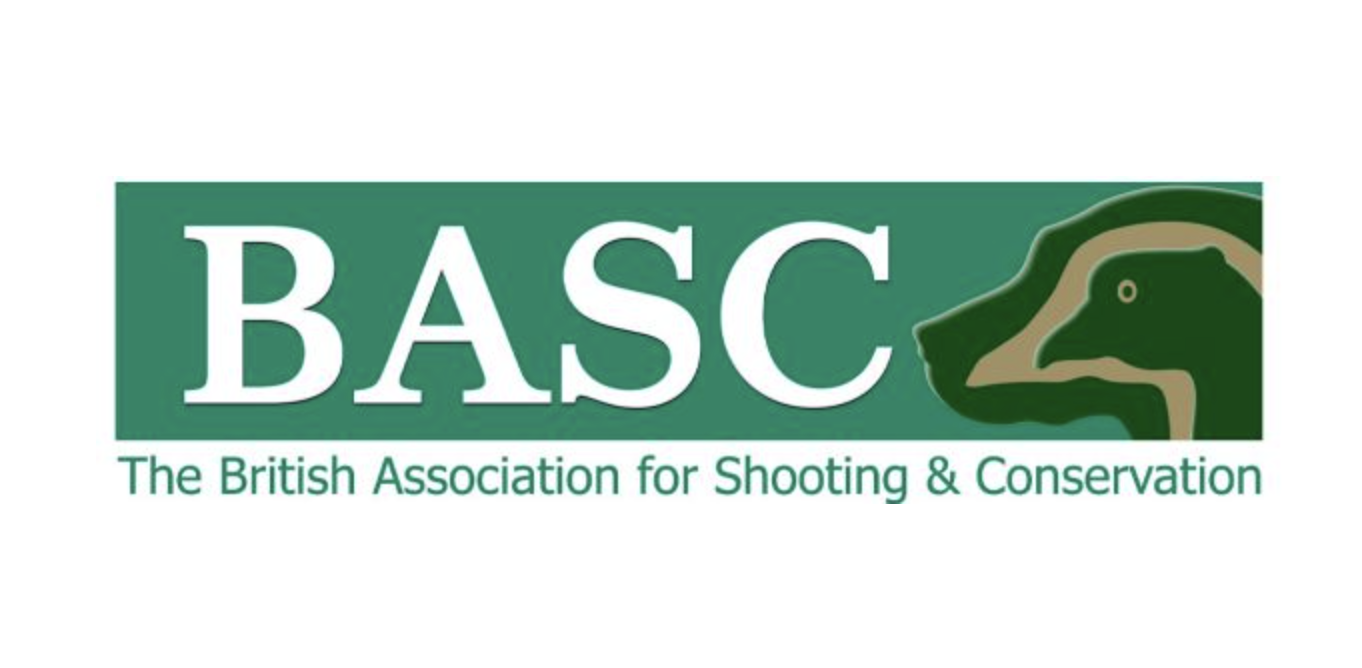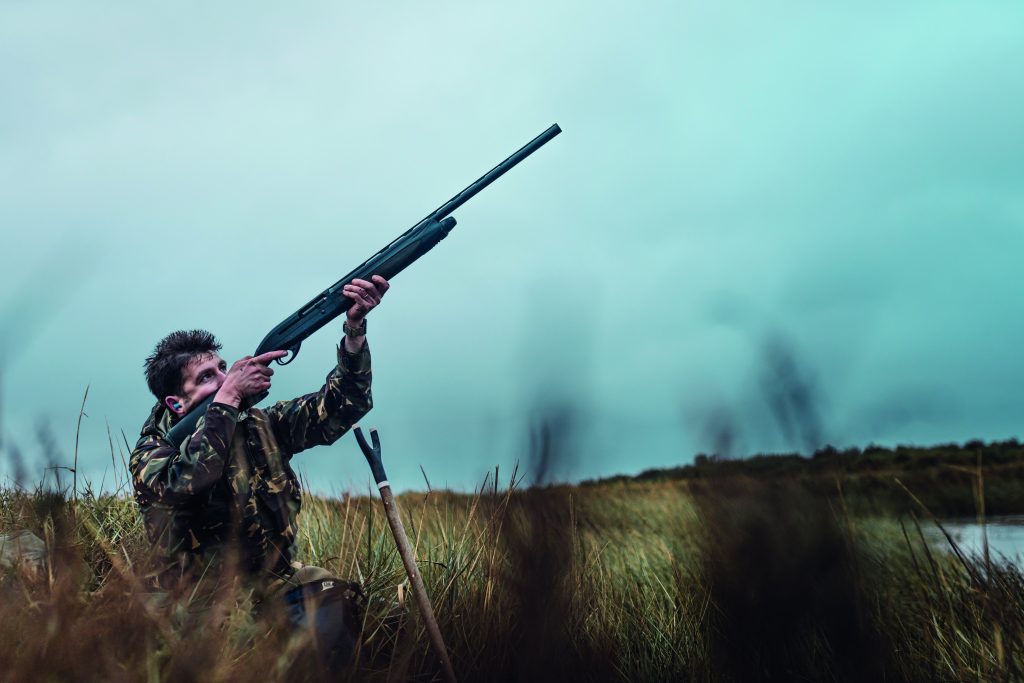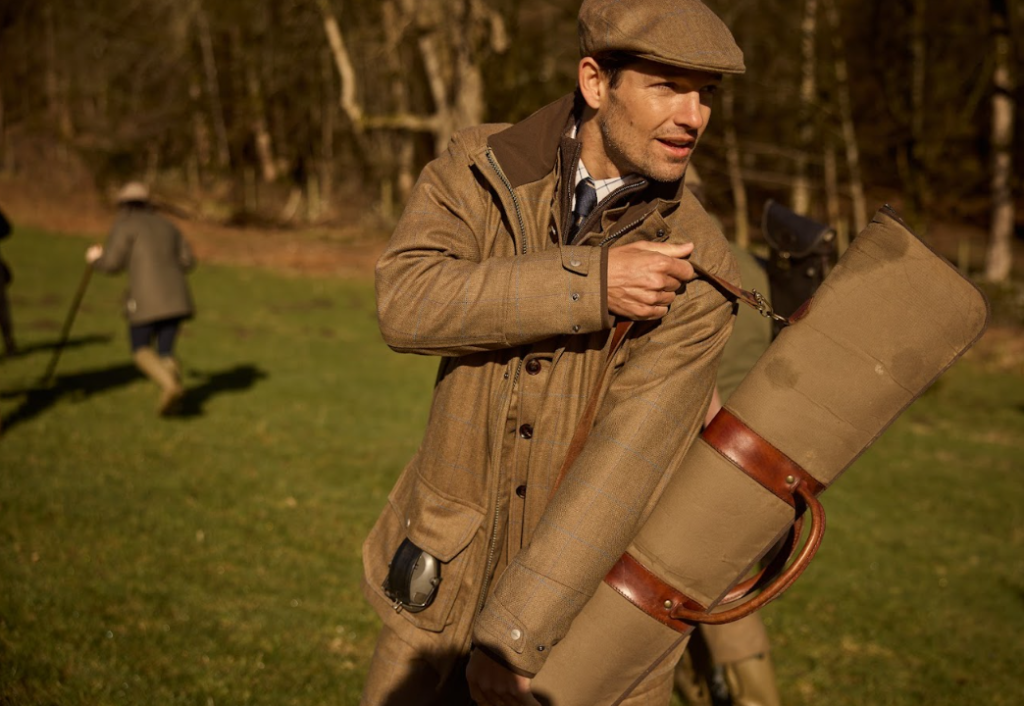Win CENS ProFlex DX5 earplugs worth £1,149 – enter here
The vision to succeed
<strong>How peripheral vision can affect technique</strong>
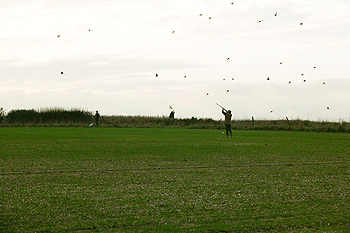
In my recent articles I have looked at confidence in the field. Whether in the freezing cold on the foreshore or under September partridges in summery conditions, we shoot best when we are feeling confident. There are many factors that affect this, from our equipment to our feelings on the day. We want to enjoy it and to hit birds as cleanly as possible, and to take home memories of those special shots, the ones that were a challenge.
In this article I will compare using a side-by-side with using an over-and-under. It is not about the technical elements of either ? it is about confidence and whether you as a shooter favour one or the other. Many people say that an over-and-under is better than a side-by-side and vice-versa, but as I mentioned in my article about barrel lengths (Barrels: does size matter? 12 September), it is not just down to the technical side, it can also have something to do with your mind and whether it is dominated by the left side or right side of the brain. Peripheral vision, coupled with the impact that pressure has on it, will also affect which sort of gun suits you best.
Peter Wilson won Olympic gold with an over-and-under, and in modern times no-one has ever won an Olympic gold with a side-by-side. Indeed, it is rare to see a side-by-side at major clay competitions, though last year I saw one member of the Scottish Automatic Ball Trap team shoot at the Home International very well with one, though he did not win. In the field, however, there is a tradition of using side-by-sides.
The visual impact
Let?s look at the visual pros and cons for each type of gun and then examine the impact this can have from the perspective of your brain. As mentioned in the barrel length article, there are two types of Shot ? a pointer and a swisher. Which of the two you are is primarily governed by whether the right or left side of your brain dominates. Key to your choice of gun is how it fits and your confidence in using it. If you are a ?pointer? then an over-and-under is a more pointable gun, while a side-by-side is more suited to a ?swisher?.
Peripheral vision is the part of vision that occurs outside the centre of your gaze. There is actually a broad set of non-central points in the field of view that is included in the notion of peripheral vision. Peripheral vision is weaker in humans than in animals, especially when distinguishing colour and shape. This is because the density of receptor cells on the retina is greatest at the centre and lowest at the edges. Peripheral vision is good at detecting motion. Because of the non-central points, any motion will be picked up in the peripheral vision.
Less distraction
If we look at what the eyes see when you shoot, then the over-and-under is obviously more pointable, as your gaze is only distracted by one barrel. With a side-by-side your gaze sinks in the middle. We all know that you do not focus on the barrel, though a ?pointer? is more aware of the barrel than a ?swisher? is. However, our vision when looking for a pheasant will always be aware of other movement, especially when a number of birds are in the air. It is this distraction that leads to misses, because too much information is gathered by the eyes and has to be processed by the brain.
On average, the human eye moves three times a second. When the eyes are still ? called fixation, and comparable to a still picture of a scene ? our brain takes in information. When the eyes are moving, it is like moving a video camera too fast ? the images are blurry, so our brains don?t take in information. For shooting, we need to hold a steady gaze as we come on to the bird, then we take in the complete picture and our brain can allow the subconscious to react. If we are rushed, we have no clear information for the brain to process, so we consciously shoot the bird, which can lead to a miss. Older game Shots can also see a negative change in peripheral vision as their eyes change.
What is evident is that the less visual information in close proximity to the eyes the better, as this leaves a greater area for the peripheral vision to capture vital information for shooting the bird. We should now look at how we can increase peripheral vision and show that, in most cases, an over-and-under is the gun that gives you more scope to use your peripheral vision. It does not mean that an over-and-under is better than a side-by-side, it shows that an over-and-under increases the use of peripheral vision that helps when shooting a right-and-left, be that at a covey of grouse or partridges.
The images (above) show the vision for an over-and-under and a side-by-side using a high tower as a marker. From the two images, you can see that the over-and-under allows better peripheral vision.
So what can you do to help?
If you shoot with a side-by-side, then you need to focus even more on the bird in the air. If not, then your peripheral vision takes in less information. To focus on the bird, you need to look first at the tail as you come through it, then focus on the beak as you pass it then add your lead. Of course, in practice, you would not always do this, but the idea of doing it will make you focus on the bird, rather than allowing your thoughts to focus on any other birds in the air.
The same can be said for an over-and-under shot; however, the advantage of this gun is that it allows more peripheral information to be taken in and used by your brain, which is what makes this gun more pointable. Both types of gun can hit and miss targets, but if you want to shoot with confidence, then the over-and-under will mean you can hit more right-and-lefts through the use of peripheral vision.
Related Articles
Get the latest news delivered direct to your door
Subscribe to Shooting Times & Country
Discover the ultimate companion for field sports enthusiasts with Shooting Times & Country Magazine, the UK’s leading weekly publication that has been at the forefront of shooting culture since 1882. Subscribers gain access to expert tips, comprehensive gear reviews, seasonal advice and a vibrant community of like-minded shooters.
Save on shop price when you subscribe with weekly issues featuring in-depth articles on gundog training, exclusive member offers and access to the digital back issue library. A Shooting Times & Country subscription is more than a magazine, don’t just read about the countryside; immerse yourself in its most authoritative and engaging publication.



